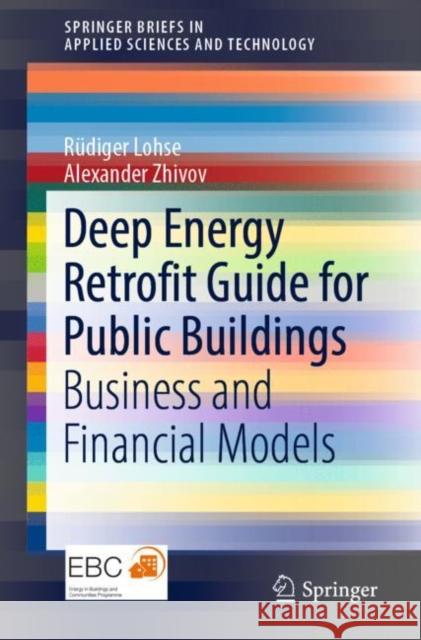Deep Energy Retrofit Guide for Public Buildings: Business and Financial Models » książka
topmenu
Deep Energy Retrofit Guide for Public Buildings: Business and Financial Models
ISBN-13: 9783030149215 / Angielski / Miękka / 2019 / 135 str.
Deep Energy Retrofit Guide for Public Buildings: Business and Financial Models
ISBN-13: 9783030149215 / Angielski / Miękka / 2019 / 135 str.
cena 201,72
(netto: 192,11 VAT: 5%)
Najniższa cena z 30 dni: 192,74
(netto: 192,11 VAT: 5%)
Najniższa cena z 30 dni: 192,74
Termin realizacji zamówienia:
ok. 22 dni roboczych
Bez gwarancji dostawy przed świętami
ok. 22 dni roboczych
Bez gwarancji dostawy przed świętami
Darmowa dostawa!
Kategorie:
Kategorie BISAC:
Wydawca:
Springer
Seria wydawnicza:
Język:
Angielski
ISBN-13:
9783030149215
Rok wydania:
2019
Wydanie:
2019
Ilość stron:
135
Waga:
0.23 kg
Wymiary:
23.39 x 15.6 x 0.84
Oprawa:
Miękka
Wolumenów:
01
Dodatkowe informacje:
Wydanie ilustrowane











